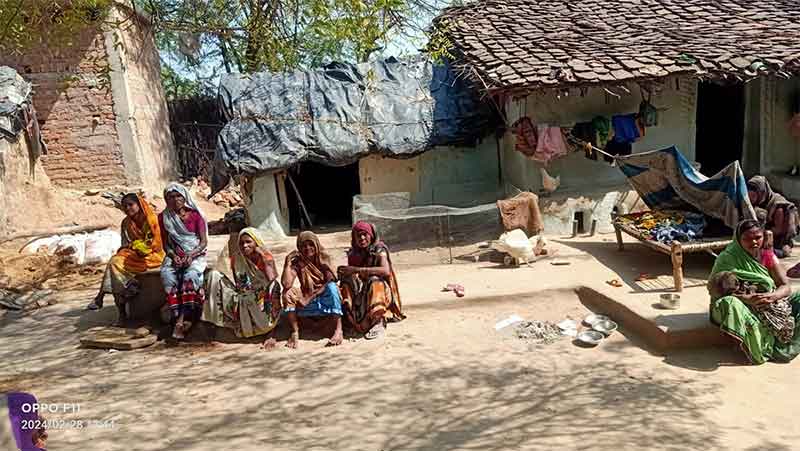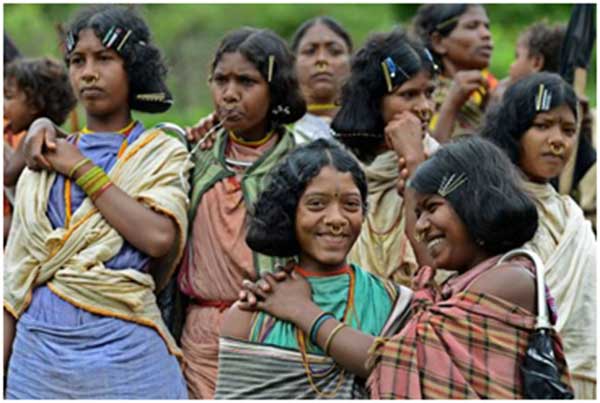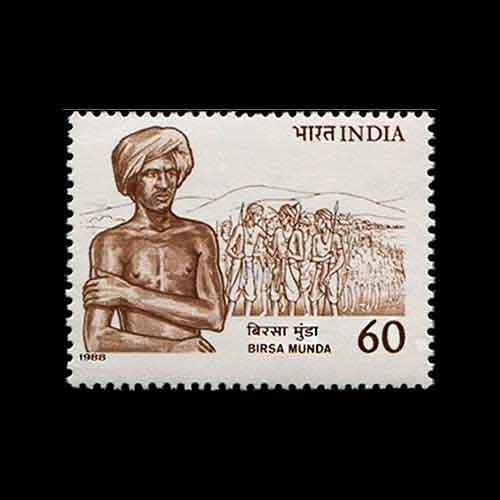
In the vast tapestry of the 21st century world, a multitude of tribal communities, numbering a staggering 370 million, dot various corners of the globe, with India alone harboring 104 million of them. However, a closer examination reveals that the hallmarks of their existence tend to be marked more by challenges than triumphs. Over the course of history’s sprawling development, they’ve found themselves ensnared in the snares of both internal and external predicaments. Curiously, the tide of global progress has seldom washed benefits upon them. In a world where welfare states burgeon with function and prosperity, the tribals have often remained invisible, their concerns marginalized.
Across the global landscape, tribal communities stand apart due to their unbreakable ties to their indigenous cultures, traditions, and institutions. Through generations, these people have not weakened their connection to their origins, resolutely maintaining their distinctiveness. While this bond holds immense significance for them as a collective, it has also acted as a weight, restraining their growth and progress. Locked in their ancestral ways, they have distanced themselves from the wider world.
A common thread uniting tribals worldwide is their common characterization as impoverished and marginalized. Their condition of poverty seems to have seeped into their very way of life, perpetuated through generations. Remarkably, many of them seem content with this status quo. Their isolation from mainstream society has shielded them from awareness, preserving a state of ignorance. They consider their lifestyle universal, immune to the pull of imitation.
Global initiatives, driven by the imperative of collective developmental responsibility, have been launched to uplift tribal populations. In 1989, the International Labor Organization (ILO) convened the “ILO Indigenous and Tribal Peoples’ Convention.” The United Nations followed suit in 1993 with the declaration of the “International Decade of Indigenous People Partnership in Action.” Since then, scattered pockets of the world have witnessed numerous programs, projects, and proposals aimed at improving the fate of tribal populations.
Yet, a vexing question emerges: why have decades of persistent effort yielded only meager results in terms of uplifting tribal communities on a global scale? A succinct answer emerges: information asymmetry.
A glaring dearth of comprehensive knowledge about global tribal populations underpins this quandary. Their ways, culture, and thought processes remain largely concealed, rendering policies designed for them largely ineffective.
This same issue finds resonance in the context of Jammu and Kashmir. This region, nestled in hills and mountains, geographically remote and underdeveloped, hosts a substantial tribal populace. Within the total population of Jammu and Kashmir, an official 20% are recognized as tribals, comprising 7% Scheduled Castes and 12% Scheduled Tribes. Notably, 38% of these tribals reside in Rajouri district, followed by Poonch, Reasi, Ramban, and Kishtwar. Virtually every district in the region houses a fraction of tribal population. While over a dozen tribes inhabit Jammu and Kashmir, Gujjars and Bakerwals stand as dominant groups. Government statistics underscore animal rearing as the primary occupation of these communities.
While some statistics indicate a literacy rate of approximately 51% among Jammu and Kashmir’s tribal communities, issues arise when considering higher education and specialized skill acquisition. Accessible facilities for secondary and tertiary education, as well as skills training, are conspicuously absent. In contemporary times, literacy is akin to a fundamental human right. However, its role in shaping life outcomes remains limited. Economic prospects are more tightly linked to secondary and tertiary education along with marketable skills.
At this juncture, a pressing query surfaces: how can the cyclic web of information asymmetry ensnaring Jammu and Kashmir’s tribal population be dismantled? The answer lies in intensive ethnographic surveys conducted in the field. Both sides must break down the walls of information asymmetry. Policymakers require a profound understanding of the needs and nuances of this population. Simultaneously, the tribal people themselves need education about their rights and privileges, frequently extended by the state and central government.
Should these communities choose to remain anchored in their traditions, it is their prerogative. However, it is the state’s duty to ensure their access to life’s basic necessities, akin to what the wider population enjoys. This dual approach can tangibly enhance their life trajectories while allowing them to preserve their cultural and traditional identity, thereby breaking free from the vicious cycle of poverty.
(Dr Mehak Majeed is an Assistant Professor of Economics at the IUST University Jammu and Kashmir India, she can be reached at [email protected] . The present article is based on the tasking of an ICSSR sponsored project that Dr.Mehak is currently working on)















































